Search
Search Results
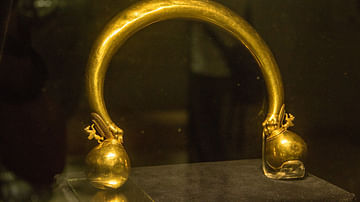
Image
Celtic Torc, Vix Burial
A gold neck torc from the Celtic Vix burial, Châtillon-sur-Seine, in northeast France close to a fortified Celtic site or oppidum and in the vicinity of at least four more burials. Discovered undisturbed, the princely burial dates to the...
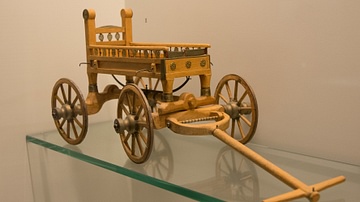
Image
Celtic Waggon Model, Vix Burial
A model of the waggon from the Celtic Vix burial, Châtillon-sur-Seine, in northeast France close to a fortified Celtic site or oppidum and in the vicinity of at least four more burials. Discovered undisturbed, the princely burial dates to...
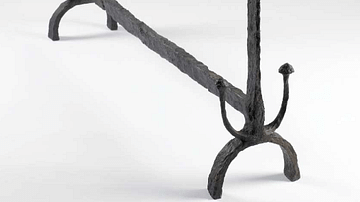
Image
Celtic Fire-Dog
A Celtic fire-dog excavated at Welwyn, Hertfordshire, England. Iron, 50-25 BCE. Height: 96.5 cm. Fire-dogs were likely used for spit-roasting meat at Celtic feasts. (British Museum, London)

Image
Celtic Helmet, British Museum
A peaked copper-alloy helmet decorated in La Tene style. This style of helmet inspired the Roman "coolus" type helmet, which was one of the more common helmets used by Roman soldiers until its gradual replacement by the so-called "Imperial...

Definition
Wheel of the Year
The Wheel of the Year is a symbol of the eight Sabbats (religious festivals) of Neo-Paganism and the Wicca movement which includes four solar festivals - Winter Solstice, Spring Equinox, Summer Solstice, Fall Equinox - and four seasonal festivals...
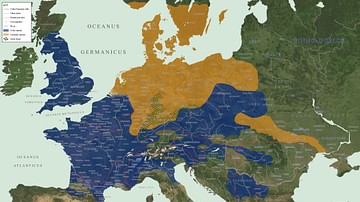
Image
Map of Celtic and Germanic Tribes
This map shows the various Celtic and Germanic tribes around circa 52 BCE.

Image
Celtic God, Gundestrup Cauldron
A detail of the gilded silver Gundestrup Cauldron showing a Celtic deity. Likely 1st century BCE, produced in the Balkans but found in Denmark in 1891 CE. (National Museum of Denmark, Copenhagen)
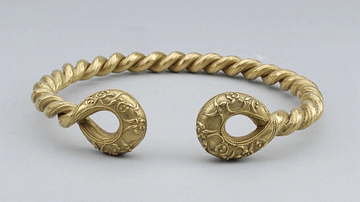
Image
Celtic Torc, Belstead Brook
A gold alloy torc from the Belstead Brook hoard, Ipswich, England. Celtic, 150-50 BCE. Diameter 18.6 cm. (British Museum, London)

Image
Celtic Wine-Serving Vessels
Celtic vessels used for serving wine. Found in Waldalgesheim, western Germany. 330-320 BCE. (Rheinisches Landesmuseum, Bonn, Germany)
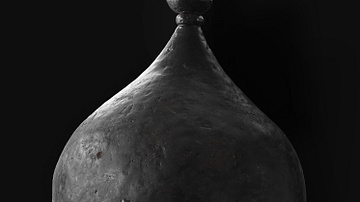
Image
Celtic Helmet, 350 BCE
Helmet, iron, Giubiasco, Ticino. Around 350 BCE. Not just warriors: According to biased descriptions by the Romans and Greeks, the Celts were warriors and barbarians. However, finds of rich grave goods such as jewellery and weapons attest...